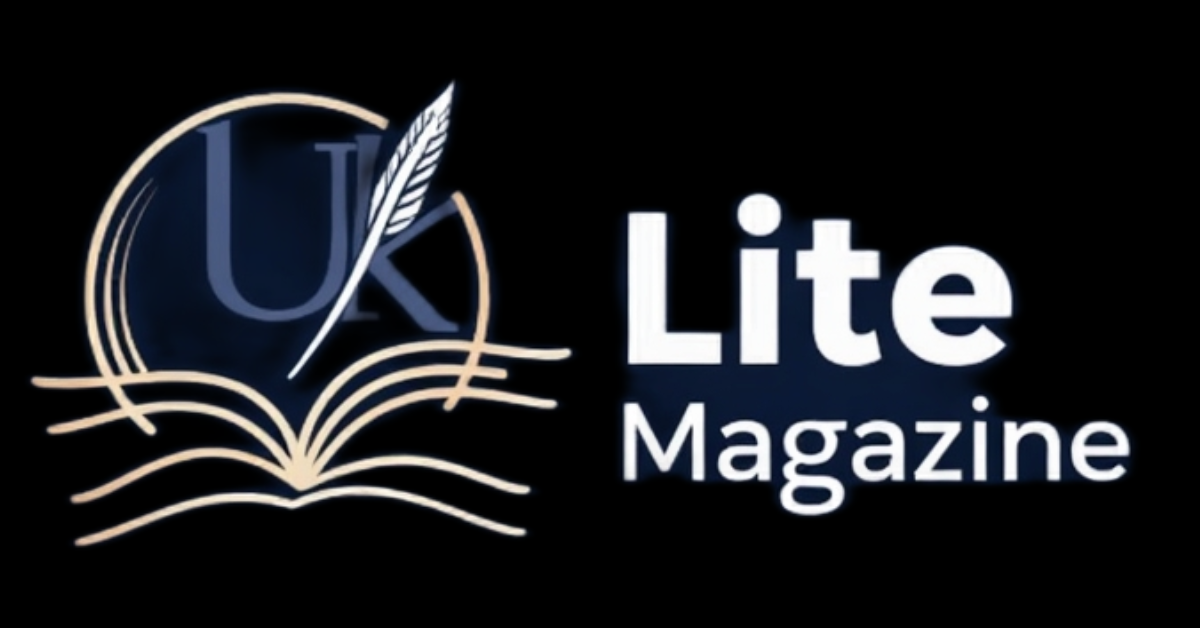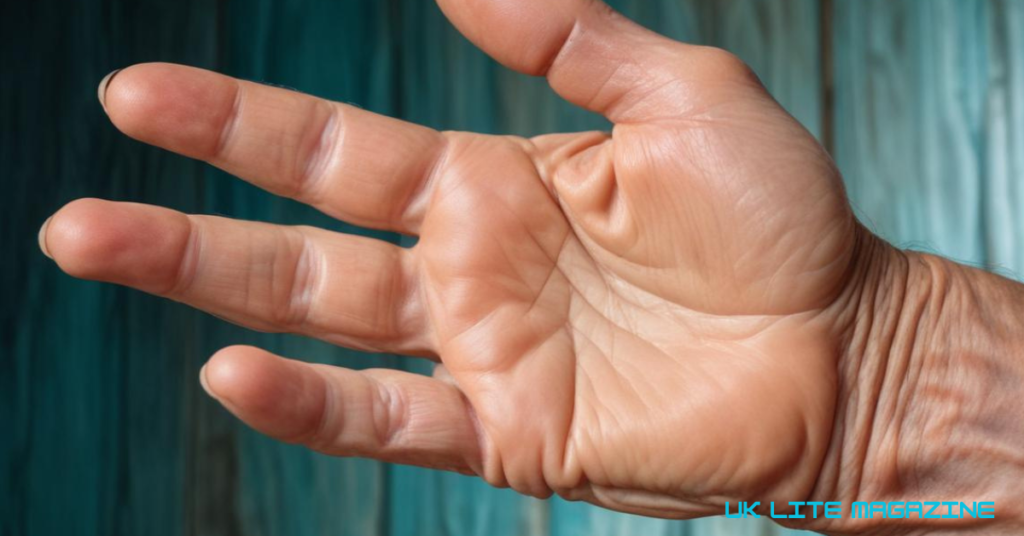Trigger finger, medically known as stenosing tenosynovitis, is a condition that can disrupt the careers of even the most talented athletes. It occurs when the tendons in a finger or thumb become inflamed, causing pain, stiffness, and a locking sensation. For athletes who rely on precision and grip, this condition can be particularly challenging. This article explores the inspiring story of a famous athlete who battled trigger finger and made a remarkable comeback.
Understanding Trigger Finger in Athletes
What is Trigger Finger?
Trigger finger occurs when the sheath surrounding a tendon in a finger or thumb becomes inflamed or swollen. This inflammation narrows the space through which the tendon glides, leading to symptoms such as:
- Pain at the base of the affected finger or thumb.
- A popping or clicking sensation when moving the finger.
- The finger locking in a bent position, requiring manual straightening.
Athletes are at higher risk due to repetitive movements, gripping, and strain on their hands during training or competition.
Impact on Athletic Performance
Trigger finger can be debilitating for athletes. It affects grip strength, precision, and hand coordination, essential for sports like tennis, golf, basketball, and weightlifting. Without timely treatment, it can worsen and lead to long-term complications.
The Famous Athlete’s Struggle
While privacy concerns often limit the disclosure of specific details, the journey of one renowned athlete highlights the challenges and triumphs associated with trigger finger. Let’s delve into their journey:
The Diagnosis
The athlete first noticed mild pain and stiffness in their dominant hand. Ignoring these symptoms, they continued to train, assuming it was a minor strain. However, the pain worsened, and their finger began locking during critical moments in competition. Seeking medical advice, they were diagnosed with trigger finger.
The Emotional and Physical Toll
The diagnosis was a significant blow. The athlete faced intense frustration and fear of career-ending limitations. Simple tasks, let alone high-level performance, became a struggle. Despite these setbacks, they remained determined to overcome the condition.
Steps to Recovery
Medical Treatment
- Non-Surgical Interventions:
- Rest and Activity Modification: The athlete reduced activities that exacerbated the condition, such as heavy gripping and repetitive motions.
- Splinting: A splint was used to keep the affected finger in an extended position, promoting healing.
- Steroid Injections: Corticosteroid injections provided temporary relief by reducing inflammation.
- Surgery: When non-surgical treatments failed to provide lasting relief, the athlete opted for a surgical procedure known as percutaneous release. This minimally invasive surgery involved releasing the constricted tendon sheath, allowing the tendon to glide smoothly.
Rehabilitation and Training
After surgery, the athlete underwent rigorous physical therapy to regain strength and mobility. This included:
- Stretching and Strengthening Exercises: Targeted exercises helped improve flexibility and restore grip strength.
- Gradual Return to Training: They resumed training under the guidance of medical professionals, gradually increasing intensity to avoid setbacks.
Mental Resilience
Mental strength played a crucial role in their recovery. The athlete worked with sports psychologists to maintain focus, confidence, and motivation during the lengthy rehabilitation process.
The Epic Comeback
The athlete’s dedication paid off when they returned to competition stronger than ever. They adopted a revised training regimen to prevent future injuries and incorporated preventive measures such as:
- Proper warm-ups and cool-downs.
- Ergonomic equipment to reduce hand strain.
- Regular hand exercises to maintain tendon health.
Their comeback was marked by stellar performances, inspiring countless others facing similar challenges. Fans and fellow athletes celebrated their resilience and determination, cementing their legacy as a symbol of perseverance.
Lessons from the Athlete’s Journey
- Early Detection Matters: Promptly addressing symptoms can prevent worsening and reduce recovery time.
- Holistic Recovery: Physical and mental resilience go hand in hand in overcoming injuries.
- Preventive Care: Adopting healthy practices can minimize the risk of recurring injuries.
Conclusion
The story of a famous athlete overcoming trigger finger serves as a powerful reminder of human resilience and determination. With early detection, appropriate treatment, and unwavering commitment, it is possible to triumph over even the most challenging obstacles. This athlete’s journey inspires us to push through adversity and emerge stronger, no matter the odds.
Frequently Asked Questions (FAQs)
1. What causes trigger finger in athletes?
Trigger finger is often caused by repetitive motions, gripping, or overuse of the hand. These actions can lead to inflammation in the tendon sheath, restricting tendon movement.
2. How is trigger finger treated without surgery?
Non-surgical treatments include rest, splinting, anti-inflammatory medications, physical therapy, and corticosteroid injections.
3. Can athletes fully recover from trigger finger?
Yes, with proper treatment and rehabilitation, most athletes can recover fully and return to their sport. Early intervention and adherence to medical advice are crucial.
4. How can athletes prevent trigger finger?
Athletes can prevent trigger finger by warming up properly, using ergonomic equipment, avoiding repetitive strain, and performing hand-strengthening exercises.
5. Is surgery the only option for severe trigger finger?
Surgery is often recommended for severe cases where non-surgical treatments fail. It is effective and has a high success rate.

